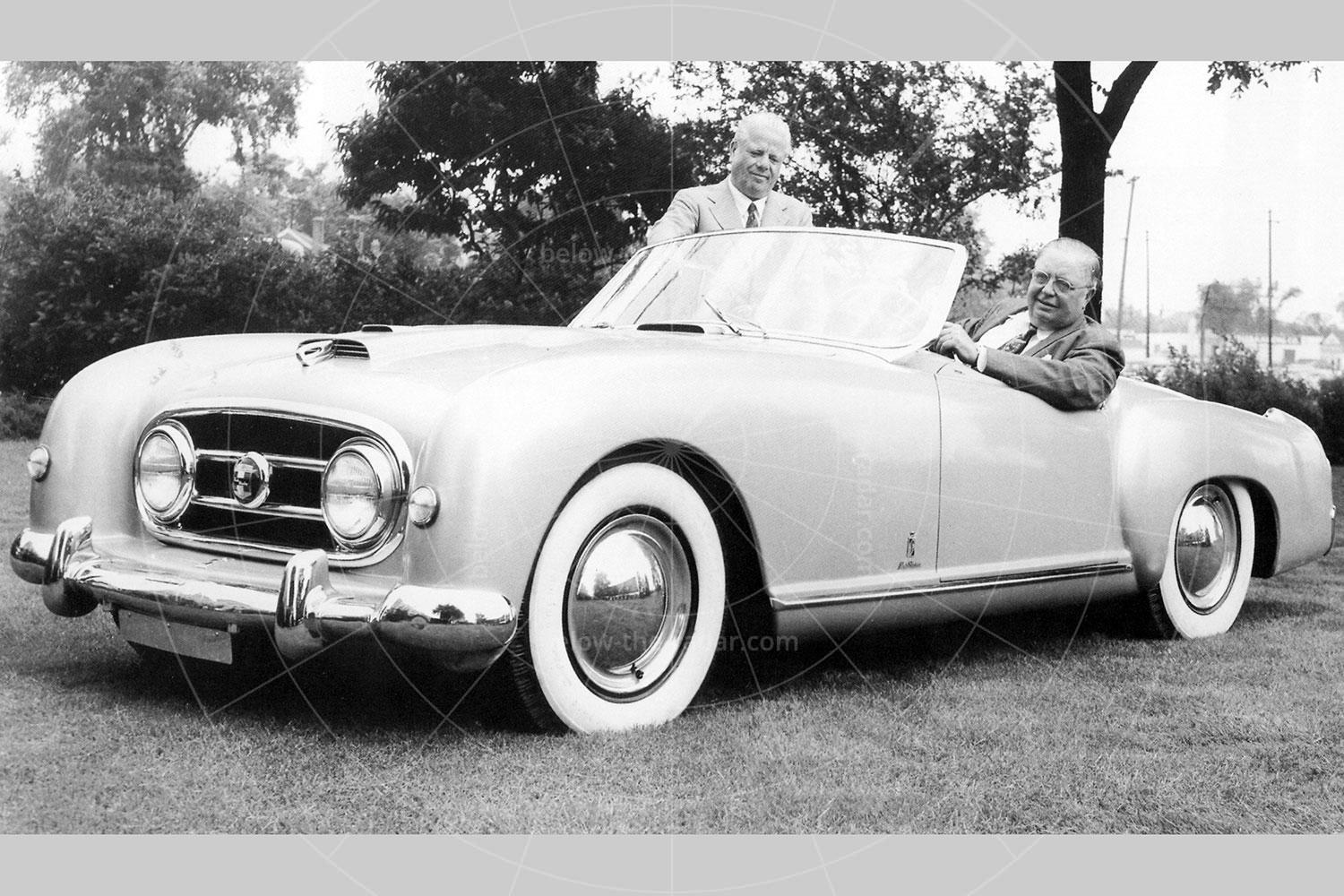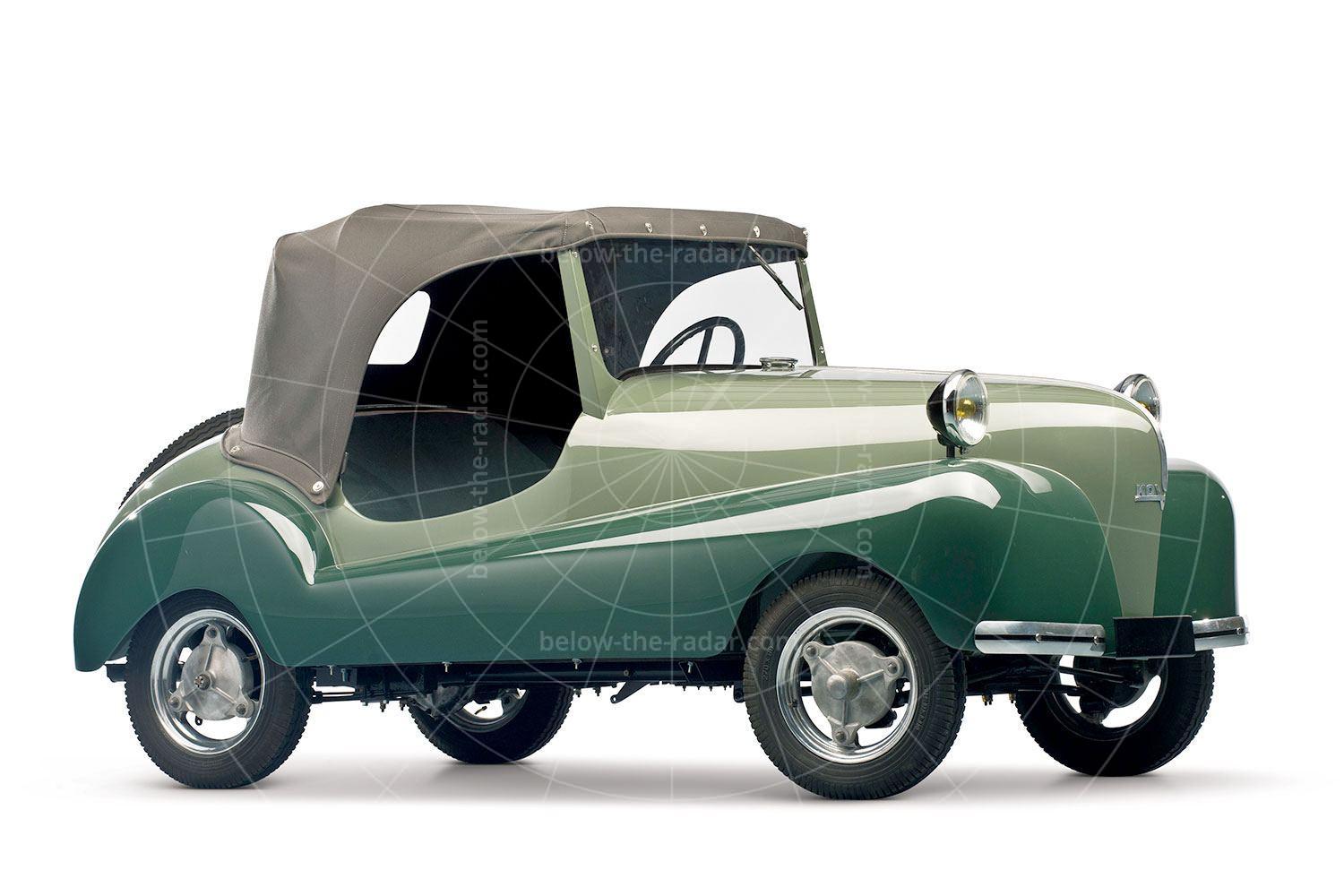When Audi launched its Quattro in 1980, it went on to create a revolution and in turn it would also become a separate brand. Ever aware of the power of branding, Audi set out to create a new brand in 2009, known as e-tron. The name was first used on a purely electric concept coupé, introduced at the Frankfurt motor show; Audi’s intention after that was to create a whole family of electrically driven cars (as opposed to hybrids), each badged e-tron.
That first concept looked much like a slightly shrunken R8 coupé, albeit with the obligatory even more eye-catching wheels, grille and lights. What followed was another car in the same mould, launched a few months later at the 2010 Detroit motor show. Also badged e-tron, this new concept looked more production-ready in its overall silhouette (if not in its detailing), while still packing a purely electric drivertrain.
Intriguingly, for Audi’s next e-tron instalment, it resorted to hybrid power, even though that newly minted e-tron brand was originally intended to be reserved for cars powered purely by electricity. However, as a hybrid this new concept was closer to production reality than anything that went before, simply because when it arrived in 2010 the market still wasn’t really ready for cars without any kind of internal combustion engine. And especially very costly cars that offered little in the way of usability.
By taking the hybrid route – and a diesel one at that – Audi solved the range anxiety issue at a stroke. With up to 128.4mpg possible from the 3.0 TDi powerplant, and the fitment of a 50-litre fuel tank, it was theoretically possible to cover over 620 miles between refuelling stops. Realistically, that was at least 500 miles more than a typical electric-only car, which made the e-tron far more viable. And while viability hasn’t always been a barrier to concept car production, keeping at least one foot firmly planted in the real world can often be a good thing, even if it isn’t quite so much fun.
The big news with the e-tron was its ultra-frugal powertrain, which emitted just 59g/km of CO2 despite a total torque output of 738lb ft. Much of that was down to the twin electric motors, which developed maximum torque at standstill, although Audi’s fabulous 3.0-litre diesel V6 engine was also capable of kicking out around 480lb ft of torque on its own.
By using a diesel/electric drivetrain, the e-tron featured an impressive 621-mile range, but what was even more impressive was the performance on offer despite the incredible economy. Not only was the e-tron capable of a seriously rapid 0-62mph in just 4.4 seconds, but it could also achieve a 155mph top speed. However, later versions of the e-tron concept, which would be propelled by electricity only, would be restricted to 124mph to conserve battery power.
Although immense fuel efficiency was one of the key requirements of the e-tron’s design, so too was driving fun. As a result there was a short wheelbase for greater agility, while the engine’s mid-mounted position was instrumental in attaining a perfect 50:50 weight distribution. As a result Audi claimed the concept offered the agility of a go kart, things helped by the phenomenal torque being distributed between all four wheels, albeit with three-quarters going to the rear.
The e-tron’s great agility and efficiency were further aided by its bodyshell being constructed of ultra-light aluminium. Audi was a pioneer of this method of construction, and through its use the e-tron’s weight was kept down to 1450kg, which was pretty good for a car that packed both a diesel engine and an electric drivetrain.
As with all the best concepts, the first thing that struck when looking at the e-tron Spyder was its almost complete lack of practicality. At the forefront of this was a lack of weather protection, along with a barchetta-style glasshouse that enclosed the cockpit up to a point, but offered relatively little shielding from the elements.
The sharply tapered front end gave a distinctly wedge-like basic shape. The trapeze of the single-frame grille dominated the wedge-shaped front end and was flanked by two large air intakes which served as cooling intakes for the electric drive system, and also for the TDI engine at the rear of the vehicle.
As had already become Audi’s trademark by now, all of the exterior lighting used ultra-efficient LED tech. A neat touch was the charging station for the batteries which was located beneath Audi’s famed four-ring logo. The rings disappeared beneath the front hatch, exposing not just the charging plug but also a display showing the charge state and a map graphic indicating the current electric range.
Another distinctive feature was the 20-inch wheels, which represented a three-dimensional turbine design. Made of aluminium and carbon, each was made up of an incredible 66 separate components, which meant they were highly unlikely to ever see production.
Inside, Audi went for the minimalist look, made much easier by the lack of a need for a transmission tunnel or gear selector. With a cockpit oriented toward the driver, instead of a conventional instrument cluster there was simply Audi’s trademark MMI (Multi Media Interface) system flanked by two round dials. The MMI could be controlled via a touch-sensitive control panel on the steering wheel – which was flattened off top and bottom, in a clear motorsport reference.
| Vital statistics | |
|---|---|
| Debut | Paris, 2010 |
| Engine | Mid-mounted, twin-turbo, 6-cylinder, 2967cc, diesel |
| Transmission | 7-speed dual-clutch gearbox, four-wheel drive |
| Power | 296bhp, plus two motors rated at 86bhp each |
| Torque | 738lb ft |
| Top speed | 155mph |
| 0-60mph | 4.4 seconds |
| Fuel consumption | 128.4mpg |
| CO2 emissions | 59g/km |
| Electric-only range | 31 miles |

























